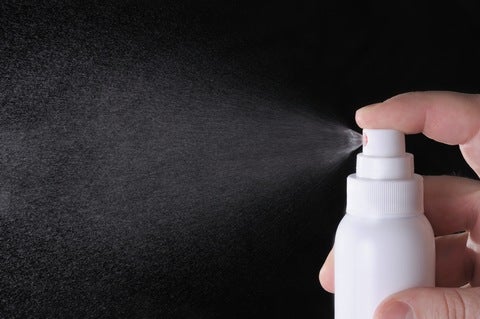
DELTA: Do repeated pulmonary exposures to aerosolized cosmetics alter redox status and lead to sensitization or adaptation?
Principal Investigator: Christa Watson-Wright, M.S., Ph.D.
Dr. Watson-Wright’s project within the Hoffman Program on Chemicals & Health involves evaluating the effects of inhaled ENPs and nano-enabled products on pulmonary responses to bacterial exposures. The inclusion of ENMs in consumer products (i.e. nano-enabled products) has increased this public health concern as ENM exposures have been linked to oxidative stress, inflammation, and DNA damage. The cosmetic industry has rapidly sought to include metal oxide ENMs (zinc oxide (ZnO), titanium dioxide (TiO2), aluminum dioxide (Al2O3), and cerium dioxide (CeO2) in various products due to their UVA and UVB light absorbing capabilities, however, the risks may exceed the benefits. This study aims to determine if exposure to nano-enabled products such as certain cosmetics can enhance sensitivity to bacterial aerosol exposures leading to chronic pathologies. On a regular basis, millions of women intentionally expose themselves to cosmetics, which may or may not contain ENMs. A new trend in the cosmetic industry is not only the inclusion of metal oxide engineered nanomaterials but the use of nebulizer sprays to enhance efficiency of application. However, these sprayers can enhance inhalation exposure exacerbating conditions found in normal and susceptible populations such as those that suffer from allergic asthma or allergic bronchopulmonary aspergillosis (ABPA). Moreover, a large portion of these cosmetics may have aged or in fact become contaminated with bacteria or fungal toxins, thus priming the immune system upon exposure.
Products resulting from Hoffman support
Kaitlin M Pearce, Imoh Okon, Christa Watson-Wright, Induction of Oxidative DNA Damage and Epithelial Mesenchymal Transitions in Small Airway Epithelial Cells Exposed to Cosmetic Aerosols, Toxicological Sciences, Volume 177, Issue 1, September 2020, Pages 248–262, https://doi.org/10.1093/toxsci/kfaa089
